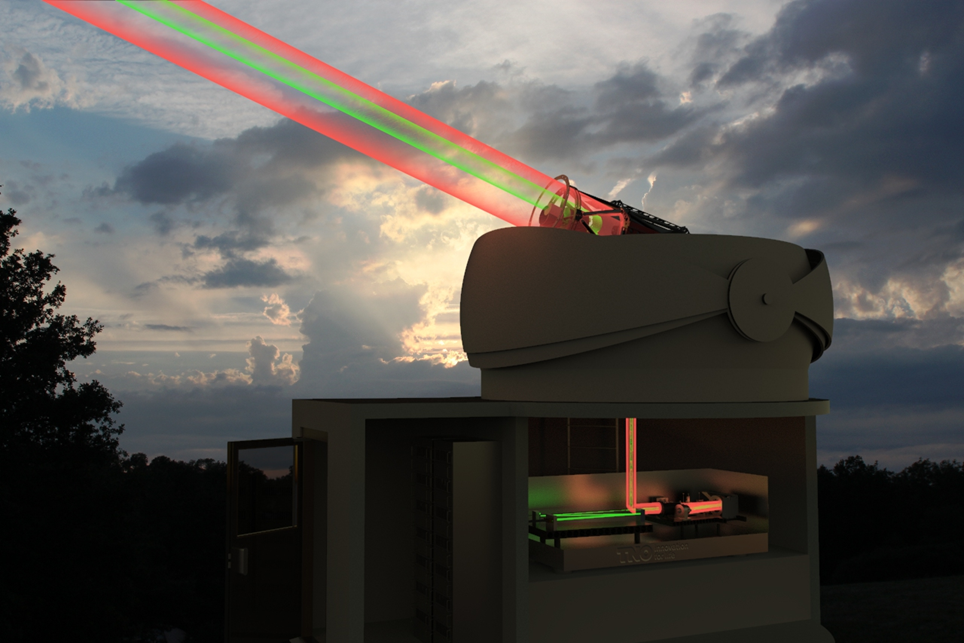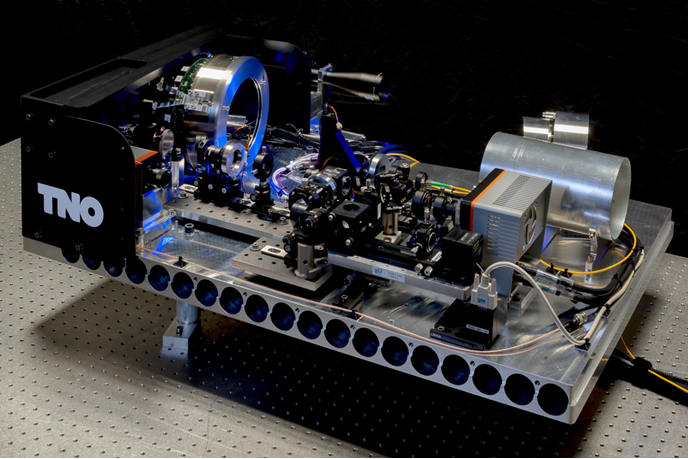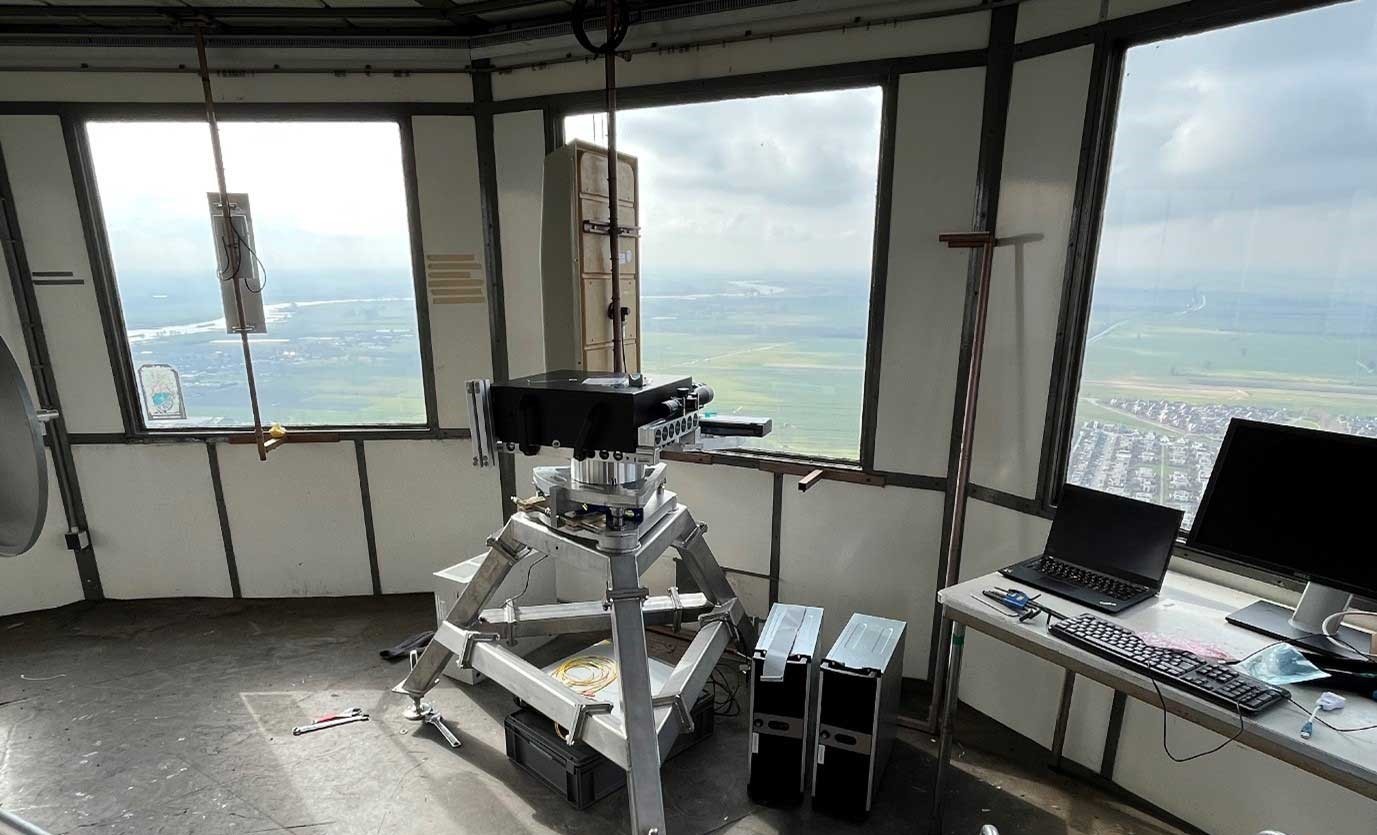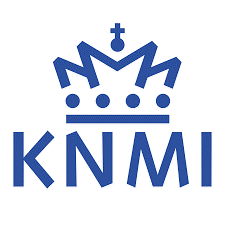
-
StatusOngoing
-
Status date2023-03-17
-
Activity Code6B.044

-
Develop a commercially viable ground station product that meets the requirements of optical laser communication links for the next generation of Very High Throughput Satellites that are carrying laser communication payloads by:
-
Proof the validity of adaptive optics pre-correction to increase the robustness of an optical feeder link through atmosphere from ground to space
-
Select and assess the performance of a communications architecture that enables future Terabit/s Optical Feeder Links
-
Design of an adaptive optics based Optical Ground Station that is able to sustain high optical power levels and provides sufficient robustness of optical feeder links by pre-correcting atmospheric distortions.
-
Verify the AO pre-correction principle
-
Generating high laser powers with high image quality
-
Dramatically increases throughput of Feeder Links
-
Solves issues with limited availability of RF spectrums
-
Increase the overall business case by reducing the cost per bit
Adaptive Optics based Optical Ground Terminal that enables future robust Terabit/s high throughput Optical Feeder Links.
Based on the so called ‘digital transparent’ architecture’ selected in TOmCAT, RF DVB signals will be sampled and modulated onto the optical domain by means of a Digital Processor and modulator. Booster amplifiers (EDFAs) amplify the optical signals to high power levels in the order of 50 Watts per channel. In order to achieve Terabit/s throughputs, multiple wavelengths are then multiplexed into a very high power optical free space beam. An Adaptive Optics system pre-corrects the optical wavefront to compensate for the expected atmospheric turbulences and a Telescope transmits the high power beams to the GEO stationary satellite. In addition, a downlink implementing a similar architecture enables a bi-directional Optical Feeder Link that will serve the next generation of Very High Throughput Communication Satellites.
-
System Requirements Definition (completed in 2018)
-
Adaptive Optics pre-correction proof of principle tests with a 10 km ground to ground link (completed in 2018)
-
Preliminary design of the Optical Ground Station envisioned product (completed in 2019)
-
Detailed design of the OGT Demonstrator to perform AO and communications performance tests (design completed in 2019)
-
MAIT phase of the OGT Demonstrator, bulk multiplexer, (booster) amplifiers, adaptive optics system, digital processors and optical transceivers, high power breadboard tests. (2021-2022)
-
Field tests over 10 km distance with real-time data transfer with 28G / channel (2022)
-
The current first phase of the Technology Development is expected to be completed in 2019
-
The planned second phase in which OGT Demonstrator tests will be performed is planned to start in 2020
-
MAIT phase completed of the OGT Demonstrator including bulk multiplexer, (booster) amplifiers, adaptive optics system, digital processors and optical transceivers, high power breadboard tests. (2021-2022)
-
Field tests performed over 10 km distance with real-time data transfer with 28G / channel (2022)











